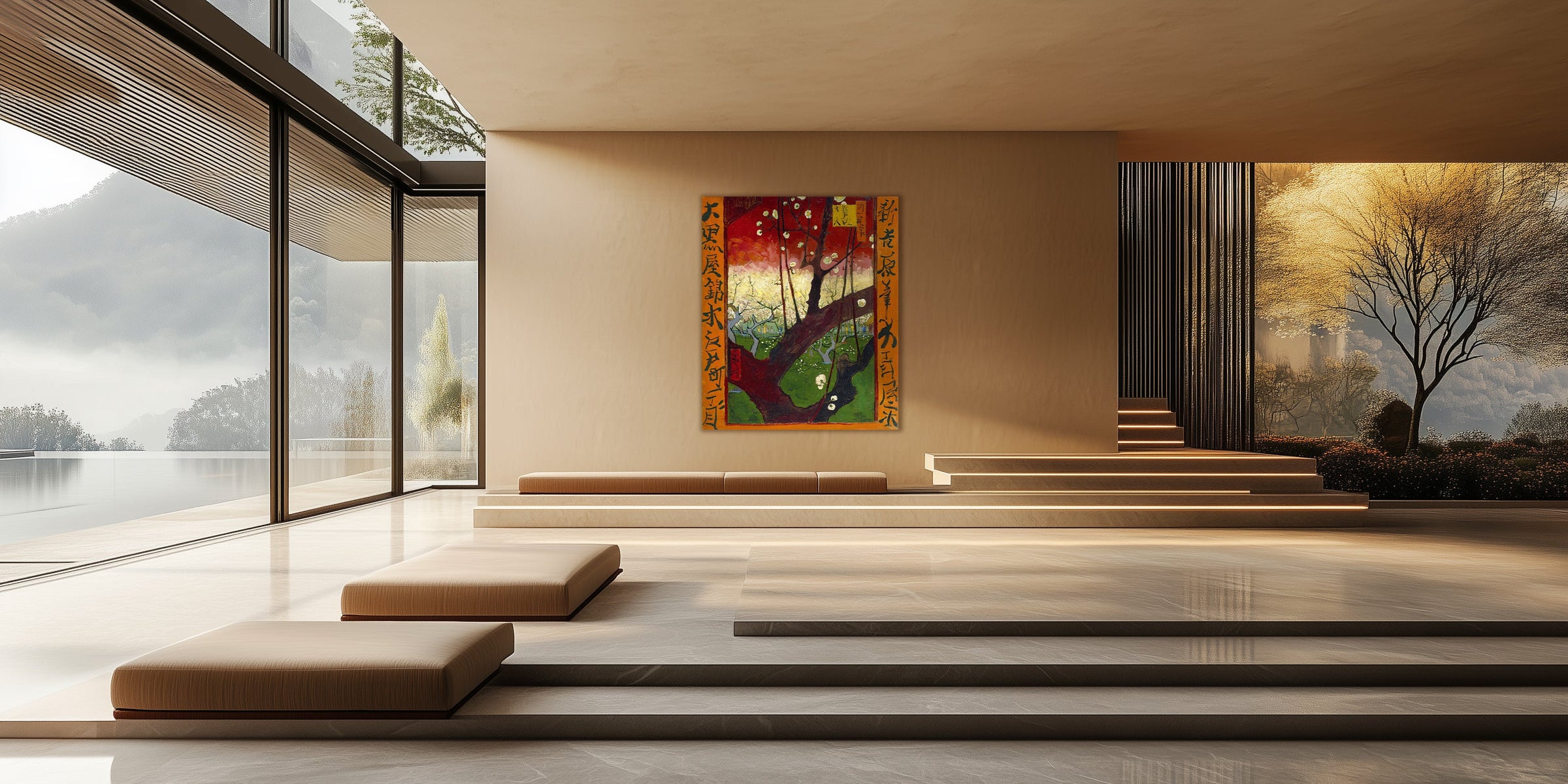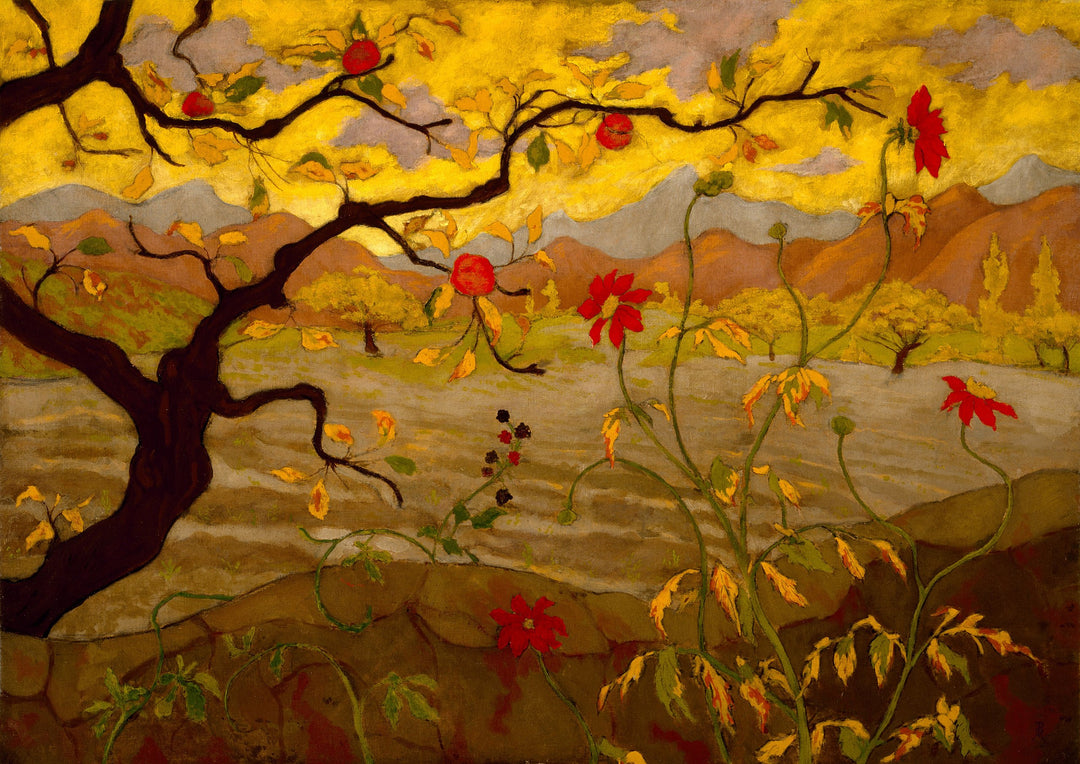
Japonisme
"Japonisme" is an artistic phenomenon that emerged in Europe at the end of the 19th century, characterized by the influence of Japanese art on the works of Western artists. This movement finds its greatest inspiration in ukiyo-e, a style of woodblock printing that developed during the Edo period in Japan. Ukiyo-e focuses on the depiction of landscapes, scenes of everyday life, actors, and courtesans, using vibrant colors and asymmetrical compositions that break with European conventions.
The influence of Asia becomes evident in various European art movements. The Impressionists, such as Claude Monet, Edgar Degas and Vincent van Gogh, adopted elements of ukiyo-e, such as flat perspective and the focus on everyday scenes. These artists valued the simplicity and clarity of Japanese compositions, integrating these principles into their own works to capture light and the moment in a more direct and emotional way.
"Japonisme" also left a profound mark on the Post-Impressionists and Modernists of the late 19th century. Paul Gauguin, Henri Toulouse-Lautrec, and Gustav Klimt are some of the artists who explored the stylized forms and flat colors characteristic of Japanese art. These elements allowed them to experiment with structure and symbolism in their works, expanding the boundaries of Western art.
In the early 20th century, the Cubists, such as Pablo Picasso, Georges Braque, and Juan Gris, also found inspiration in Japanese art. The simplification of forms and the deconstruction of perspectives in ukiyo-e resonated with their own searches for new ways of spatial representation. "Japonisme" provided a cultural bridge that enriched and diversified European art in multiple directions.




